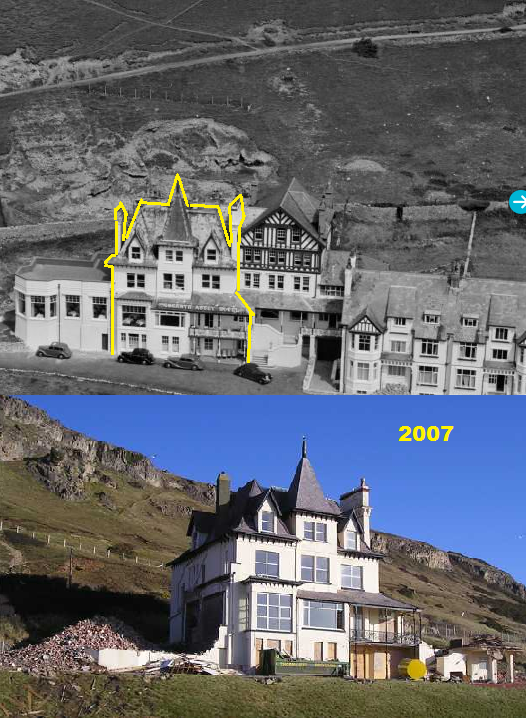WAW031508 WALES (1950). View of Gogarth Abbey Hotel, West Shore, Llandudno
© Copyright OpenStreetMap contributors and licensed by the OpenStreetMap Foundation. 2025. Cartography is licensed as CC BY-SA.
Details
| Title | [WAW031508] View of Gogarth Abbey Hotel, West Shore, Llandudno |
| Reference | WAW031508 |
| Date | 1950 |
| Link | Coflein Archive Item 6414301 |
| Place name | |
| Parish | |
| District | |
| Country | WALES |
| Easting / Northing | 276958, 382251 |
| Longitude / Latitude | -3.8474946764294, 53.322591205114 |
| National Grid Reference | SH770823 |
Pins

Billy Turner |
Tuesday 2nd of February 2016 03:56:47 PM | |

Billy Turner |
Tuesday 2nd of February 2016 02:52:53 PM | |

Billy Turner |
Tuesday 2nd of February 2016 02:24:11 PM | |

Billy Turner |
Monday 1st of February 2016 09:45:29 PM |
User Comment Contributions

From 1861 to 1873, the dean and his family were the summer and Christmas residents of the house, which he had built at Pen Morfa. Later and much extended it was for many years known as the Gogarth Abbey Hotel, but in 2002, still a hotel, and recently refurbished, it reverted to its original name 'The Pen Morfa'. The hotel ceased trading and closed down in 2006 and planning permission granted for the property to be rebuilt as residential accommodation. Rebuilding work involves the demolition of several extensions made to the building during its time as a hotel. The developers original aim was to retain the centre block, seen below in this February 2007 photograph, which was the original Pen Morfa, although even that had been much altered over the years. However, the developers later applied for planning permission to demolish these remains of the original house, which without its supporting wings was unstable. Demolition took place in November 2008. New construction on the site has not yet started. |

Billy Turner |
Monday 1st of February 2016 10:47:38 PM |


![[WAW031508] View of Gogarth Abbey Hotel, West Shore, Llandudno](http://britainfromabove.org.uk/sites/all/libraries/aerofilms-images/public/100x100/WAW/031/WAW031508.jpg)
![[WAW031509] View of Gogarth Abbey Hotel, West Shore, Llandudno](http://britainfromabove.org.uk/sites/all/libraries/aerofilms-images/public/100x100/WAW/031/WAW031509.jpg)
![[WAW031510] View of Gogarth Abbey Hotel, West Shore, Llandudno](http://britainfromabove.org.uk/sites/all/libraries/aerofilms-images/public/100x100/WAW/031/WAW031510.jpg)
![[WAW031511] View of Gogarth Abbey Hotel, West Shore, Llandudno](http://britainfromabove.org.uk/sites/all/libraries/aerofilms-images/public/100x100/WAW/031/WAW031511.jpg)
![[WAW031512] View of Gogarth Abbey Hotel, West Shore, Llandudno](http://britainfromabove.org.uk/sites/all/libraries/aerofilms-images/public/100x100/WAW/031/WAW031512.jpg)



